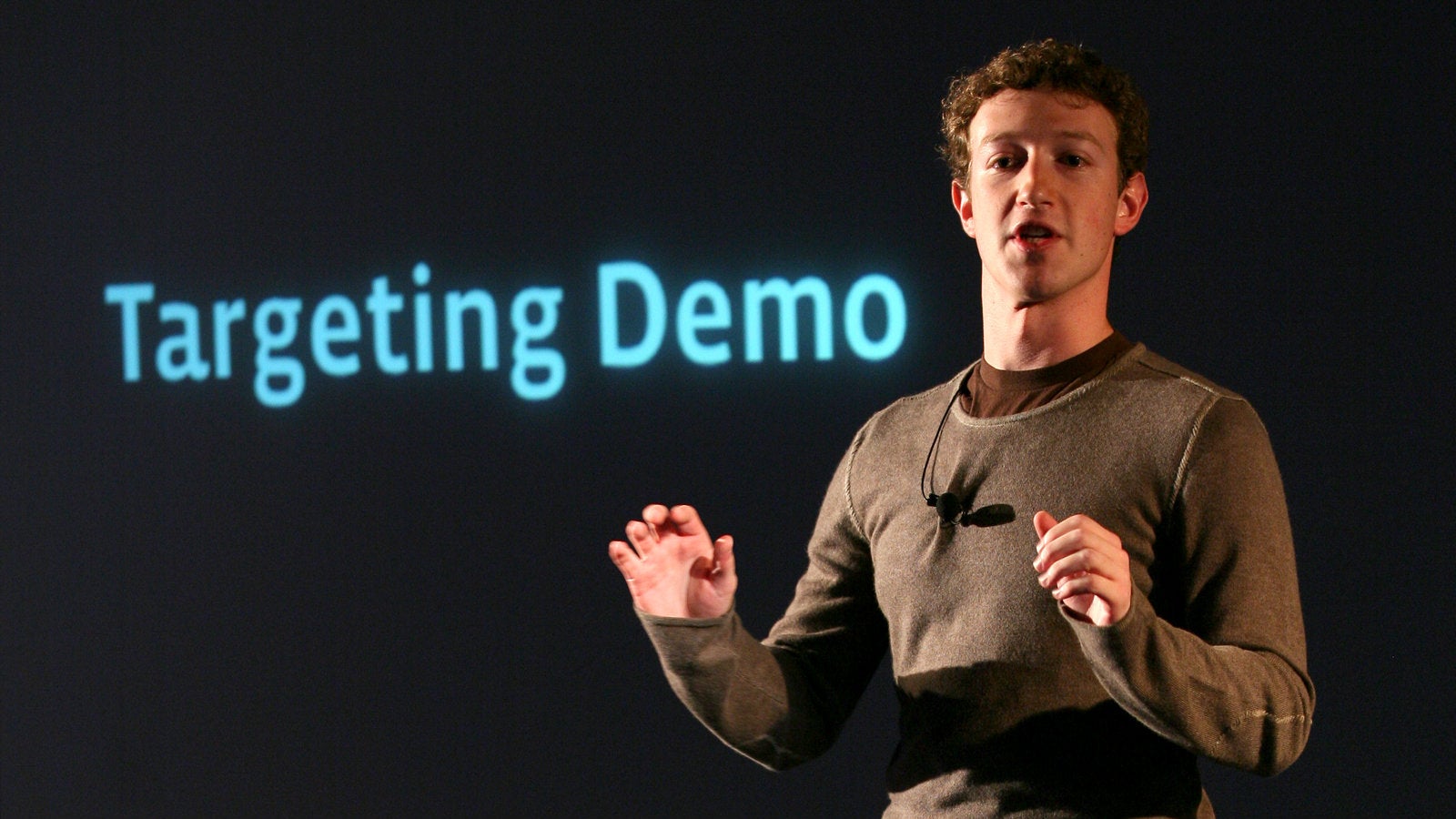Facebook is starting to rival Google’s online ad dominance
The usual gauge to measure the reach of an online business is the number of monthly active users it boasts. But just as important is the number of active advertisers—the companies that write checks in return for reaching all of those users. Facebook announced this week that it now has 2 million active advertisers on its platform.


The usual gauge to measure the reach of an online business is the number of monthly active users it boasts. But just as important is the number of active advertisers—the companies that write checks in return for reaching all of those users. Facebook announced this week that it now has 2 million active advertisers on its platform.
That is quite an achievement. By way of comparison, Google, the online advertising world’s largest player, has roughly 4 million active advertisers, according to Macquarie, an investment bank. On the other hand, Twitter, often mentioned in the same breath as Facebook, has only 60,000.

Facebook’s growth is all the more impressive considering that in 2011, Google still had 4 million advertisers and Facebook had just 500,000.
Why is this important? More advertisers doesn’t necessarily mean more ads. But with a larger pool of advertisers competing for the best placements, Facebook should be able to serve fewer, more relevant ads. Indeed, this has already started happening: in the fourth quarter of 2014, Facebook served 65% fewer ads while the average price per ad went up 335%, according to the company’s finance chief.
More advertisers means better-targeted ads for consumers (in theory); consumers enticed by relevant ads means more clicks and better returns for advertisers; and all of that means more profits for the third-party publishers who serve ads through Facebook’s Atlas platform. Allowing third parties to serve Google ads is what made the search engine such a force to reckon with. Facebook is gaining similar clout.